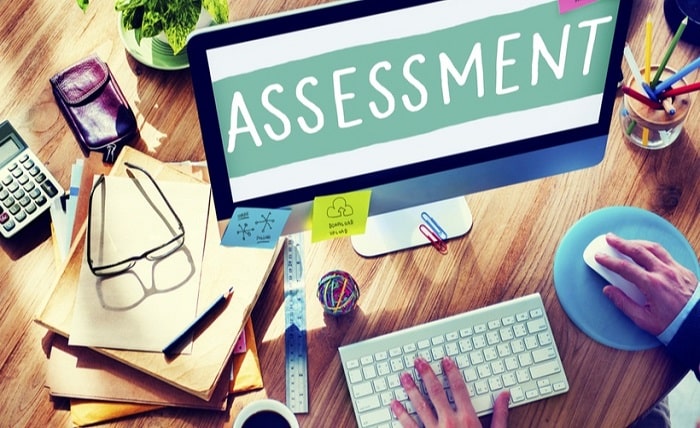Assessing Student Progress: A Guide to Effective Tools

In today’s educational landscape, evaluating student progress is crucial for ensuring effective learning and providing timely support. Teachers often find it challenging to track individual student performance, especially in large classrooms or with diverse learning styles. Fortunately, a wide range of tools and technologies are available to assist educators in this task.
Traditional Assessment Methods
While technology has revolutionized education, traditional assessment methods still play a vital role. These include:
- Tests and Quizzes: These are common tools used to measure students’ knowledge and understanding of specific topics. They can be administered in various formats, such as multiple-choice, short-answer, or essay questions.
- Homework Assignments: Homework assignments allow teachers to assess students’ ability to apply their knowledge independently. They can also provide insights into students’ understanding and problem-solving skills.
- Projects and Presentations: Projects and presentations offer a more creative and collaborative approach to assessment. They can evaluate students’ ability to research, analyze information, and communicate their findings effectively.
- Observations: Observing students in the classroom can provide valuable information about their engagement, participation, and learning behaviors. Teachers can use anecdotal notes or formal observation checklists to document their observations.
Technology-Enhanced Assessment
Technology has greatly expanded the possibilities for assessing student progress. Some of the most popular tools include:
- Online Learning Platforms: Platforms like Google Classroom and Canvas provide a centralized space for teachers to assign tasks, collect submissions, and provide feedback. They also offer features such as quizzes, discussion boards, and progress tracking.
- Digital Portfolios: Digital portfolios allow students to showcase their work over time, demonstrating their growth and development. Teachers can use digital portfolios to assess students’ progress on specific projects or skills.
- Adaptive Learning Tools: Adaptive learning tools adjust the difficulty level of content based on a student’s performance. This personalized approach can help identify areas where students may need additional support.
- Diagnostic Assessments: Diagnostic assessments can help identify students’ strengths and weaknesses at the beginning of a course or unit. This information can be used to tailor instruction and provide targeted support.
Evaluating Specific Skills
For subject-specific skills, there are specialized tools available. For example:
- EditMentor: This platform is designed to evaluate students’ video editing skills. It provides interactive challenges and real-time feedback, allowing teachers to assess students’ progress in a practical and engaging way.
- Codecademy: For computer science students, Codecademy offers interactive coding exercises and projects that can be used to assess their programming skills.
- Khan Academy: This platform provides a wide range of educational content, including math, science, and humanities. It also offers assessment tools that can be used to track student progress and identify areas for improvement.
Effective Assessment Practices
To ensure that assessments are valid, reliable, and informative, teachers should follow these best practices:
- Align assessments with learning objectives: Assessments should measure what students are expected to learn.
- Provide clear instructions: Students should understand what is expected of them and how they will be evaluated.
- Use a variety of assessment methods: Using multiple assessment methods can provide a more comprehensive picture of student progress.
- Provide timely and constructive feedback: Feedback should be specific, helpful, and provided in a timely manner.
- Consider students’ individual needs: Assessments should be accessible to all students, regardless of their learning styles or abilities.
By utilizing a combination of traditional and technology-enhanced assessment methods, teachers can effectively evaluate student progress and provide the support they need to succeed.




